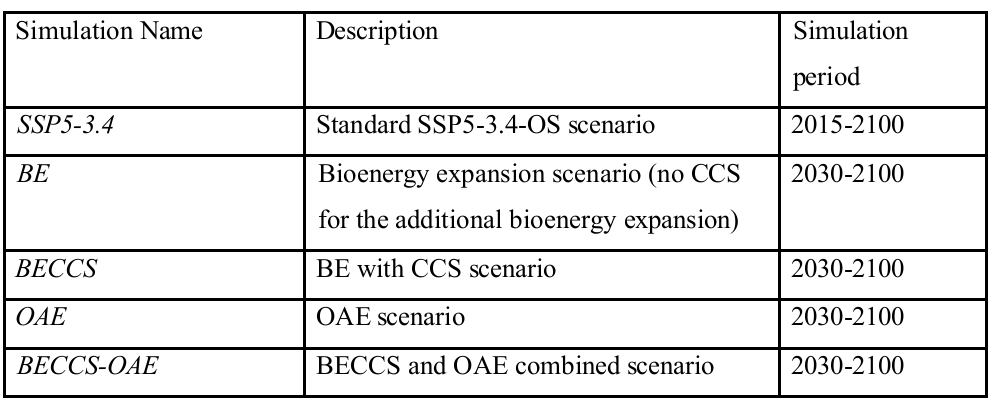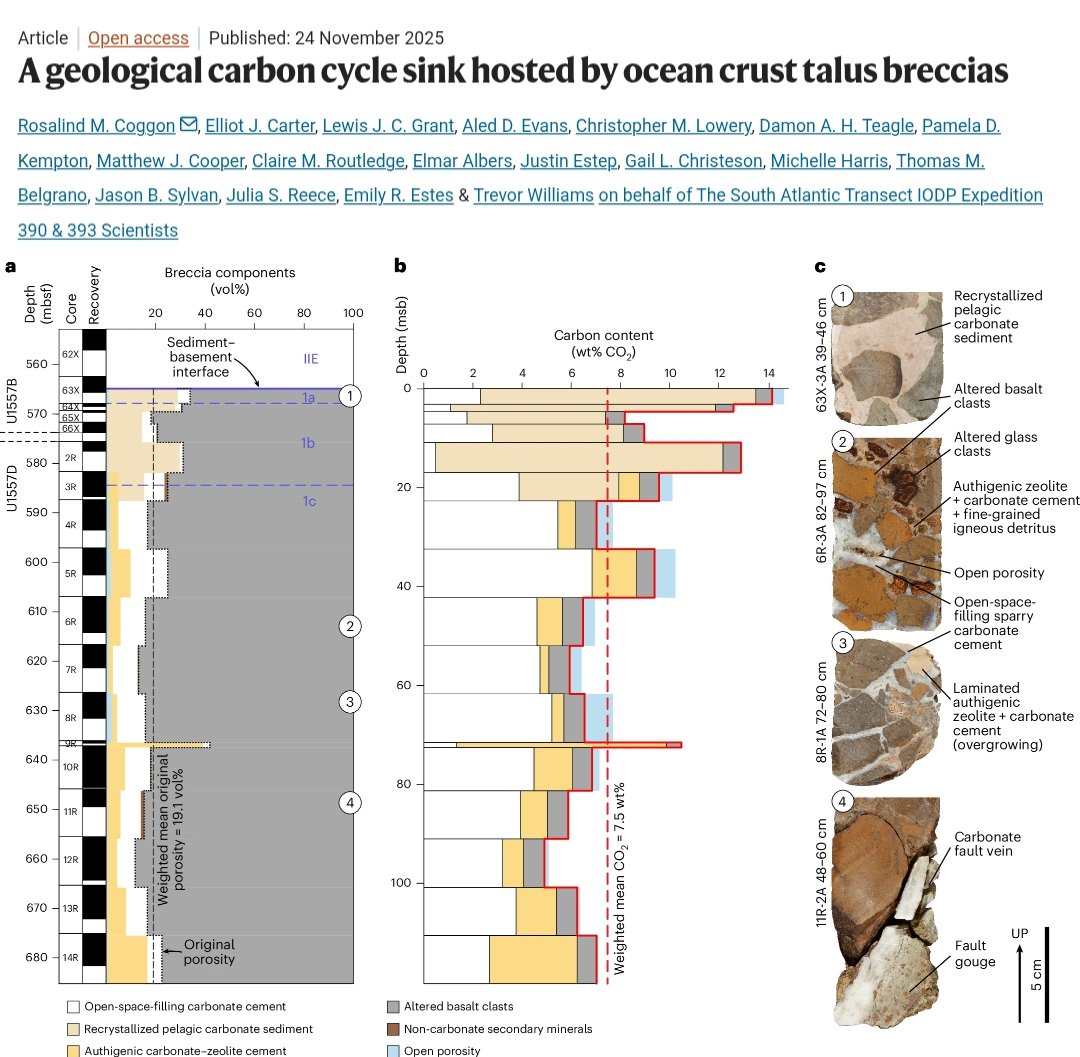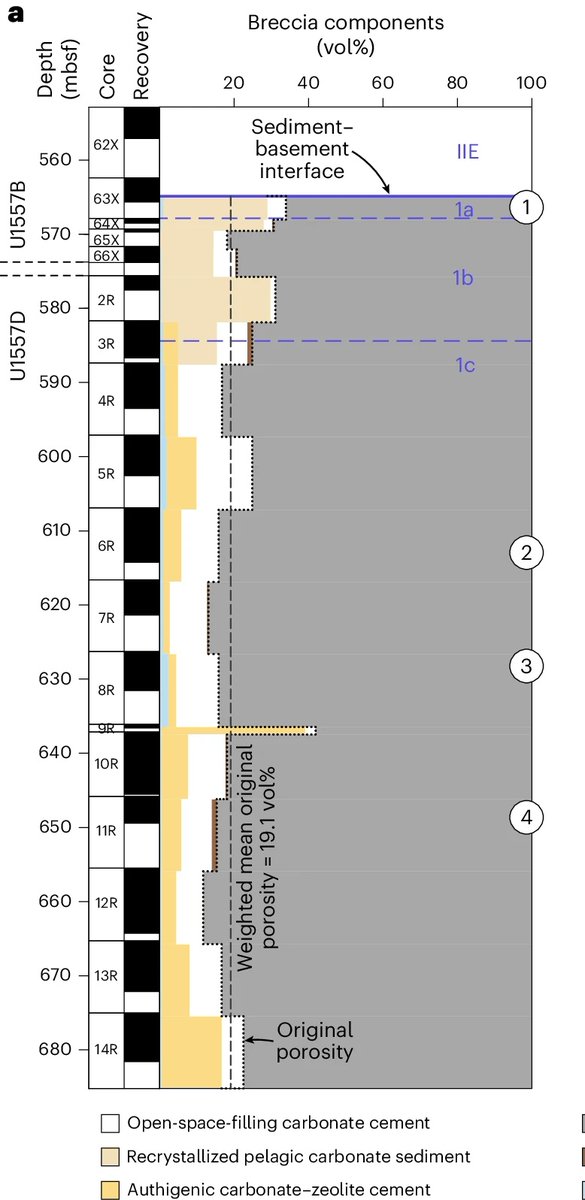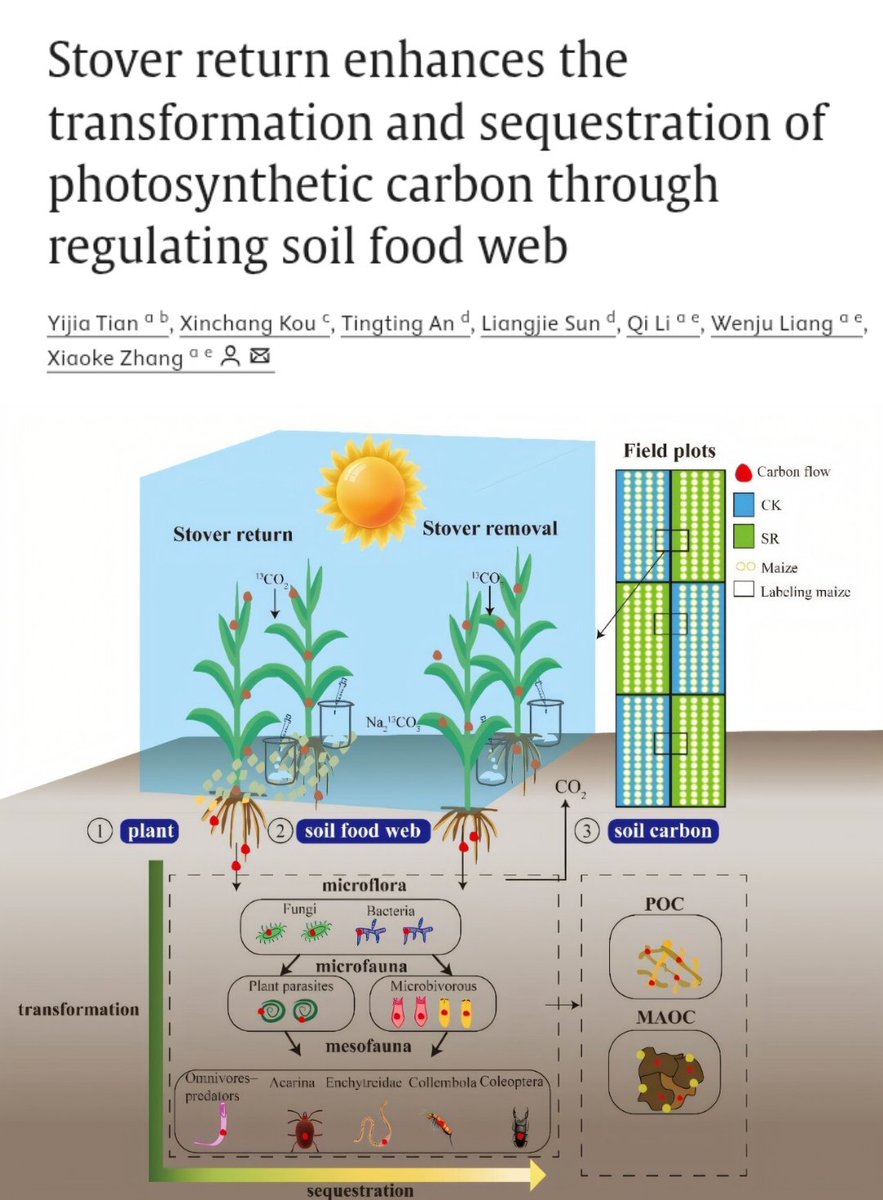🚨NEW PAPER 🚨
"The energy-intensive nature of CO2 absorption-desorption processes has restricted deployment of #DAC operations. So, catalytic solvent regeneration is a valid solution to tackle this case by accelerating CO2 desorption at lower regeneration temperatures."
🧵
1/8
"The energy-intensive nature of CO2 absorption-desorption processes has restricted deployment of #DAC operations. So, catalytic solvent regeneration is a valid solution to tackle this case by accelerating CO2 desorption at lower regeneration temperatures."
🧵
1/8

The new work reports "a one-step synthesis methodology to prepare monodispersed #carbon nanospheres (MCSs) using trisodium citrate as a structure-directing agent with acidic sites."
#DirectAirCapture
2/8
#DirectAirCapture
2/8

"The assembly of citrate groups on the surface of MCSs enables consistent spherical growth morphology, reduces agglomeration & enhances H2O dispersibility. The functionalization-assisted synthesis produces uniform hydrophilic nanospheres of 100–600nm range."
#DirectAirCapture
3/8
#DirectAirCapture
3/8

"This work also demonstrates that the prepared MCSs can be further functionalized with strong Brønsted acid sites, providing high proton donation ability."
#DirectAirCapture
4/8
#DirectAirCapture
4/8
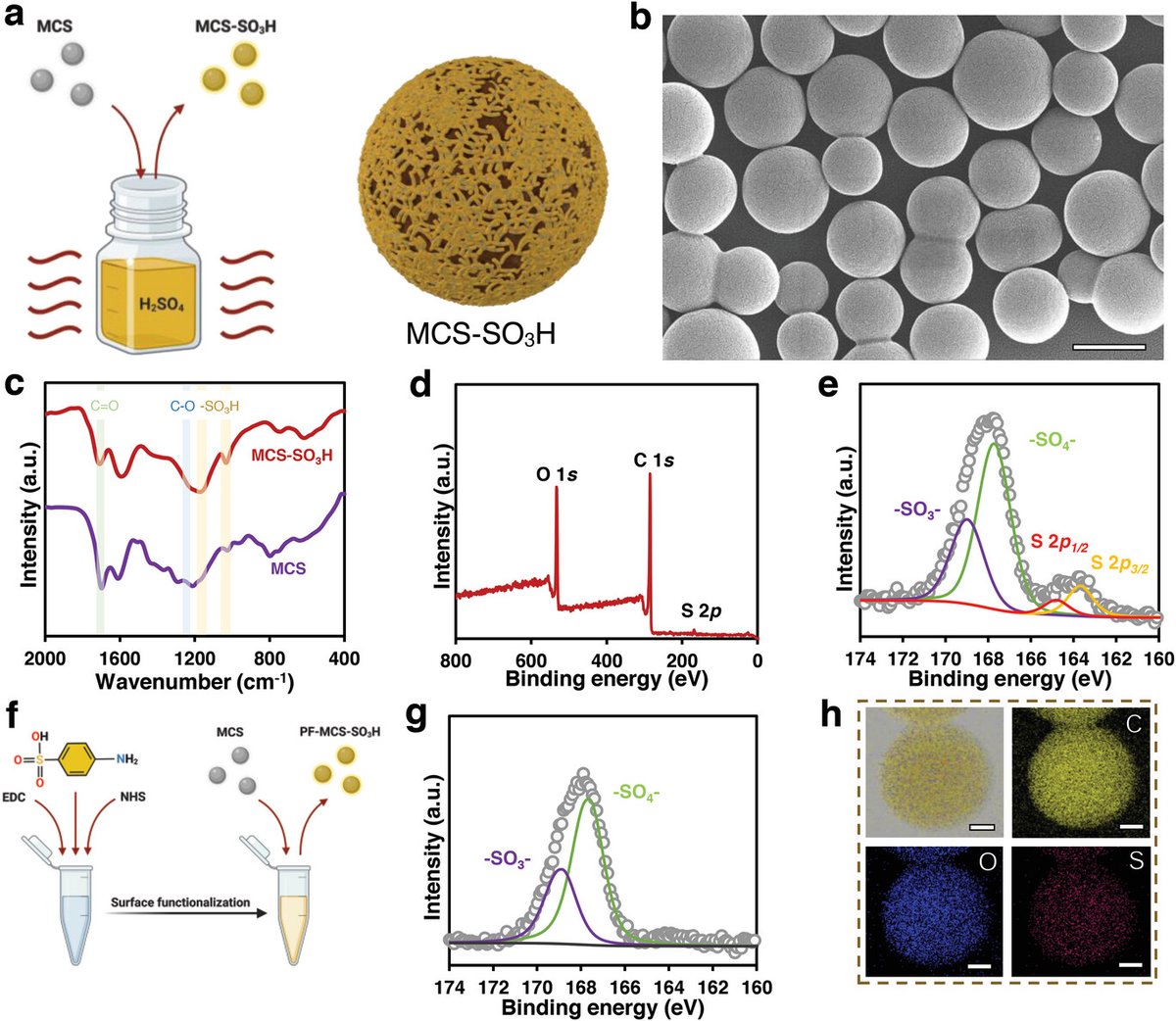
Furthermore, "the materials can be effectively used in a wide range of amino acid solutions to substantially accelerate CO2 #desorption (25.6% for potassium glycinate and 41.1% for potassium lysinate) in the #DirectAirCapture process."
6/8

6/8


"Considering the facile synthesis of MCS-SO3H and their superior catalytic efficiency, these findings are expected to pave a new path for energy-efficient #DirectAirCapture."
Read the nicely presented paper ⬇️
onlinelibrary.wiley.com/doi/full/10.10…
7/8
Read the nicely presented paper ⬇️
onlinelibrary.wiley.com/doi/full/10.10…
7/8
• • •
Missing some Tweet in this thread? You can try to
force a refresh



